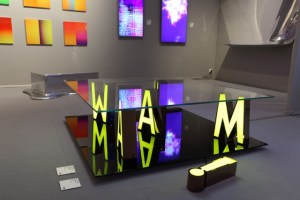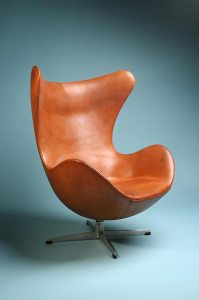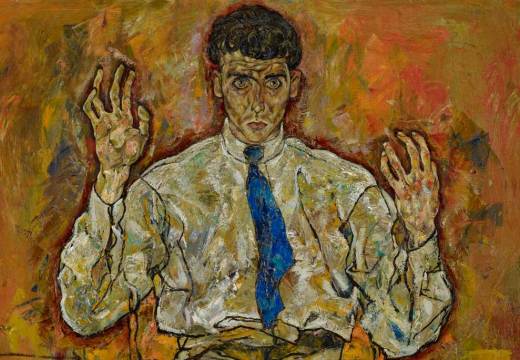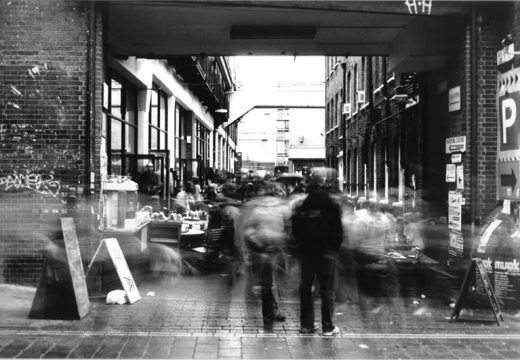The pavilion on the north face of Berkeley Square, so recently vacated by the LAPADA fair, is surprisingly discreet by comparison to the architectural and spiritual brashness of the area around it. Hidden amongst a clump of the square’s famous plane trees (‘the most expensive trees in London’, according to the Evening Standard), it seems almost embarrassed to find itself resident in this most showy of addresses.
The tastefulness continues to the interior, where the seventh PAD art fair is now in full swing, bringing together 60 exhibitors from across Europe, North America and the Middle East. By comparison to the concurrent pandemonium unfolding in Regent’s Park, PAD feels relatively intimate – any risk of the physical and nervous exhaustion wrought by a trip to Frieze is minimal here.
In terms of star attractions – how else is an art fair to pull in a crowd? – the buzz this year is in great part focused on ‘1 Picasso for 100 Euros’, a unique initiative conceived by journalist Péri Cochin and the artist’s grandson, Olivier. If the title isn’t sufficiently self-explanatory, the scheme involves a travelling raffle in which members of the public will purchase tickets for the eponymous sum to get a chance of winning Picasso’s L’homme au Gibus (‘the man with the opera hat’). The proceeds of the estimated 50,000 ticket sales will go to the International Association to Save Tyre, a fund set up to protect the ancient Phoenician city from crumbling.
The main floor space is an intriguing mix; although PAD began as a fair predominantly focussed on design, this year sees further diversification into everything from pre-Colombian sculpture to Arte Povera and contemporary jewellery. It’s interesting – and, occasionally, unintentionally hilarious – how the exhibits in the various stands interact. One particularly odd juxtaposition comes with the neighbouring stands of the Netherlands’s Priveekollektie and Geneva’s Galerie Jacques de la Béraudière. The former’s ultra-shiny digital installations and fluorescent lettering sit enjoyably ill-at-ease with the venerable Impressionist masters on display at the latter, like ravers gate-crashing a Reform Club dinner.
This, though, is to be expected of a relatively small fair of such ambitious scope, and the remarkable thing about PAD is that the layout by and large accords sufficient space for individual exhibits to shine on their own terms. An Arne Jacobsen Egg Chair at the Modernity stand is ingenious in its voluptuous functionality, a particularly fantastic example of a design that has influenced everything from the perversely blank flash of Philippe Starck’s furniture to the seats in McDonald’s.
Similarly, at Richard Nagy’s stand, Egon Schiele’s pencil drawing of the pianist Roderick Mackey stands out even amongst the talismanic Expressionism that surrounds it. Turning a corner to Paris’s Galerie Mermoz, the visitor lopes head-on into the furious gaze of an Olmec mask dating from 600–400 BC, as mesmerising an object as it is a calcifying evocation of mortality.
If there is a punctuation to it all, it comes in the form of the dramatic, gestural slashes of Lucio Fontana’s Concetto Spaziale series, examples of which have been put forward by no less than seven exhibitors. With those aforementioned plane trees sprouting up through the pavilion itself, the Italian artist’s articulation and manipulation of space seems as serendipitous and appropriate a motif for PAD as any design consultancy could hope to hit on.
PAD London is on at Berkeley Square, London, until 20 October 2013.
Unlimited access from just $16 every 3 months
Subscribe to get unlimited and exclusive access to the top art stories, interviews and exhibition reviews.
















![Masterpiece [Re]discovery 2022. Photo: Ben Fisher Photography, courtesy of Masterpiece London](http://www.apollo-magazine.com/wp-content/uploads/2022/07/MPL2022_4263.jpg)
It’s time for the government of London to return to its rightful home